Books
‘Harriet the Spy’ creator was fabulously queer
New bio highlights renegade life of Louise Fitzhugh
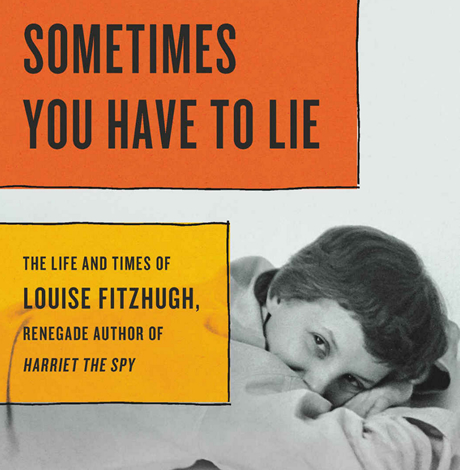
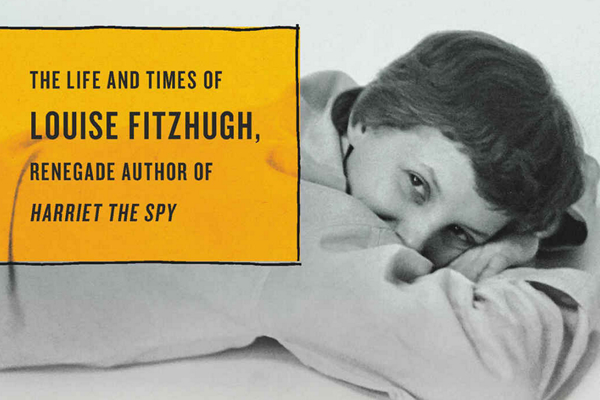
‘Sometimes You Have to Lie: The Life and Times of Louise Fitzhugh, Renegade Author of Harriet the Spy’
By Leslie Brody
c2020, Seal Press
$30/335 pages
I love reading biographies – especially, of queer artists and writers. But some bios put you to sleep.
Happily, “Sometimes You Have to Lie” by Leslie Brody, the new, intriguing biography of queer artist and writer Louise Fitzhugh, author and illustrator of the beloved children’s book “Harriet the Spy,” won’t give you any shut-eye.
“Harriet the Spy,” since its publication in 1964, has been enjoyed by generations of kids and adults. It’s been made into a movie. Brody was hired in 1988 to write an adaptation of “Harriet the Spy” for the Minneapolis Children’s Theatre Company.
I discovered “Harriet the Spy” only recently as I read “Sometimes You Have to Lie.” What a great find!
Harriet, a sassy New York City kid, is a writer. Her nanny, Ole Golly, tells her that writers take notes on people. Harriet, notebook in hand, soon begins to “spy” on everyone – from her neighbors to her schoolmates.
As Fitzhugh, who was queer, wrote to her friend, gay poet James Merrill, Harriet is a “nasty little girl who keeps a notebook on all her friends.”
Harriet is fabulously “nasty!” She wears jeans, carries a tool belt on her waist and says “I’ll be damned if I’ll go to dancing school!”
Harriet is the queer love-child of Jo March and Holden Caulfield. She’s inspired thousands of hetero and queer readers to become spies and rebels (writers).
As it so often is with LGBTQ artists and writers (even creators of classics), I had no idea that Louise Fitzhugh, who lived from 1928 to 1974, was queer. Fitzhugh wasn’t just a lesbian. She was fabulously queer!
Fitzhugh was born in Memphis, Tenn. Her family was wealthy. Her parents, who met and wed quickly in a “jazz age marriage,” divorced when she was a baby. She was raised by her father Millsaps Fitzhugh and her eccentric, but loving grandmother.. For years, she was told that her mother had died. Later, Fitzhugh learned that her mother, who was denied custody and visitation rights, was alive. She was devastated to read in news accounts of her parents’ acrimonious divorce proceedings that during their quarrels her folks had thrown her (a baby) on to a couch.
As a teen, Fitzhugh had a boyfriend who thought of her as “beautiful” but “a little different from the other girls, a little bit more serious and very smart.”
He was right on all counts. Early on, Fitzhugh knew that she liked girls. As a teenager, she fell in love with photojournalist Amelia Brent. At the same time, she eloped with Ed Thompson, because he, like her, wanted to leave the Jim Crow South. Fitzhugh soon had a change of heart, the unconsumated marriage was annulled and she returned to Memphis.
She didn’t remain back home for long. Soon, Fitzhugh, 19, left to attend Bard to study poetry and painting. For the rest of her life, she lived in Greenwich Village in New York and later in Connecticut (while traveling to Rome and other locales). Over the decades, she had several loving, long-term, same-sex relationships. Fitzhugh was quite close to a male friend, but rebuffed his wish for sex, because she couldn’t “abide” a man “in her bed.”
Fitzhugh’s circle of vital, creative queer friends ranged from children’s book writer and illustrator Maurice Sendak to playwright Lorraine Hansberry. Jane Wagner, Lily Tomlin’s spouse, was among those who knew her.
I so wish I could have been part of this glittering 1950s queer life — until I realize how closeted queers had to be.
“As an adult, Fitzhugh was unapologetically out of the closet,” Brody writes.
Fitzhugh also was aware, Brody adds, that a “little lie to preserve your identity and self-respect can be a soul-saving measure.”
But, Fitzhugh knew that, as Ole Golly tells Harriet, “to yourself you must always tell the truth.”
“Sometimes You Have to Lie” is the fascinating story of the long-hidden truth about the life of the queer author of an iconic children’s book. Harriet wouldn’t be able to put it down.
Books
Embracing the chaos can be part of the fun
‘Make Sure You Die Screaming’ offers many twists and turns
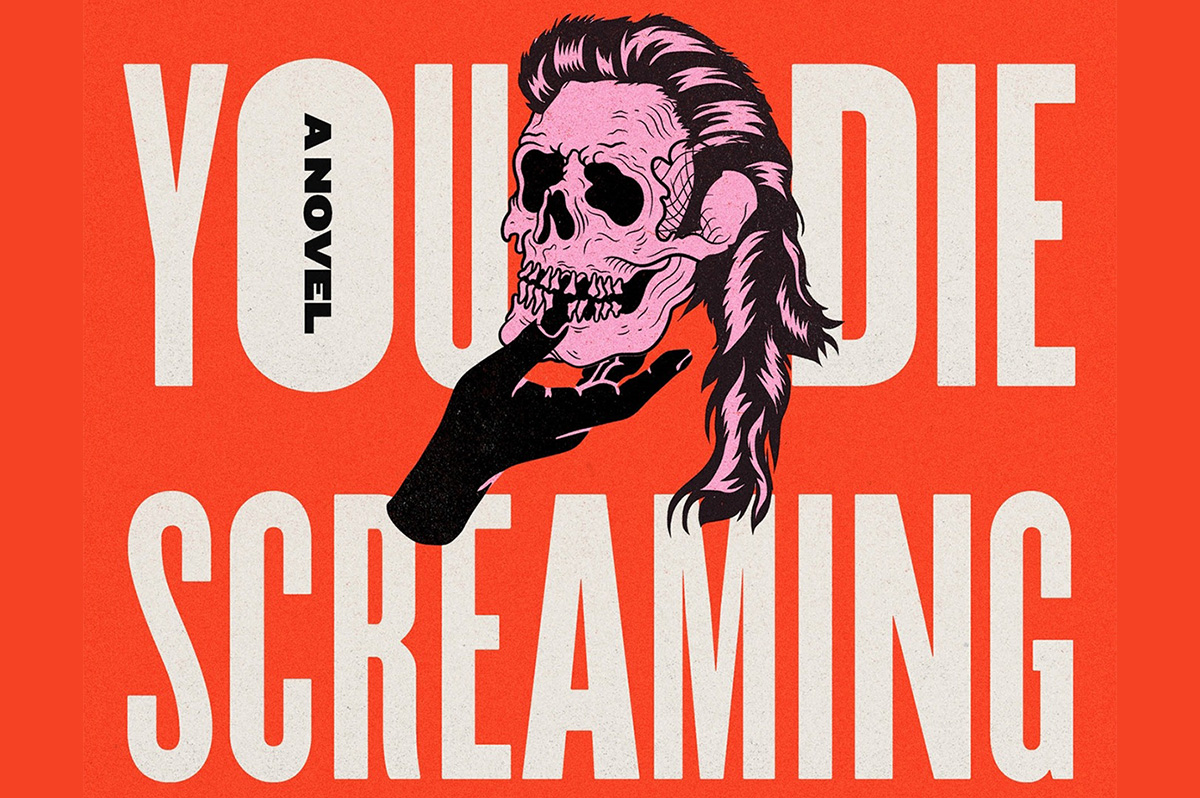
‘Make Sure You Die Screaming’
By Zee Carlstrom
c.2025, Random House
$28/304 pages
Sometimes, you just want to shut the door and forget what’s on the other side.
You could just wipe it from your memory, like it didn’t occur. Or create an alternate universe where bad things never happen to you and where, as in the new novel “Make Sure You Die Screaming” by Zee Carlstrom, you can pretend not to care.

Their mother called them “Holden,” but they’d stopped using that name and they hadn’t decided what to use now. What do you call an alcoholic, queer, pessimistic former ad executive who’s also “The World’s First Honest White Man,” although they no longer identify as a man? It’s a conundrum that they’ll have to figure out soon because a cop’s been following them almost since they left Chicago with Yivi, their psychic new best friend.
Until yesterday, they’d been sleeping on a futon in some lady’s basement, drinking whatever Yivi mixed, and trying not to think about Jenny. They killed Jenny, they’re sure of it. And that’s one reason why it’s prudent to freak out about the cop.
The other reason is that the car they’re driving was stolen from their ex-boyfriend who probably doesn’t know it’s gone yet.
This road trip wasn’t exactly well-planned. Their mother called, saying they were needed in Arkansas to find their father, who’d gone missing so, against their better judgment, they packed as much alcohol as Yivi could find and headed south. Their dad had always been unique, a cruel man, abusive, intractable; he suffered from PTSD, and probably another half-dozen acronyms, the doctors were never sure. They didn’t want to find him, but their mother called…
It was probably for the best; Yivi claimed that a drug dealer was chasing her, and leaving Chicago seemed like a good thing.
They wanted a drink more than anything. Except maybe not more than they wanted to escape thoughts of their old life, of Jenny and her death. And the more miles that passed, the closer they came to the end of the road.
If you think there’s a real possibility that “Make Sure You Die Screaming” might run off the rails a time or three, you’re right. It’s really out there, but not always in a bad way. Reading it, in fact, is like squatting down in a wet, stinky alley just after the trash collector has come: it’s filthy, dank, and profanity-filled. Then again, it’s also absurd and dark and philosophical, highly enjoyable but also satisfying and a little disturbing; Palahniuk-like but less metaphoric.
That’s a stew that works and author Zee Carlstrom stirs it well, with characters who are sardonic and witty while fighting the feeling that they’re unredeemable losers – which they’re not, and that becomes obvious.
You’ll see that all the way to one of the weirdest endings ever.
Readers who can withstand this book’s utter confusion by remembering that chaos is half the point will enjoy taking the road trip inside “Make Sure You Die Screaming.”
Just buckle up tight. Then shut the door, and read.
The Blade may receive commissions from qualifying purchases made via this post.
Books
Two new books on dining out LGBTQ-style
Visit nightclubs, hamburger joints, and a bathhouse that feeds customers

‘What is Queer Food? How We Served a Revolution’
By John Birdsall
c.2025, W.W. Norton
$29.99/304 pages
‘Dining Out: First Dates, Defiant Nights, and Last Call Disco Fries at America’s Gay Restaurants’
By Erik Piepenburg
c.2025, Grand Central
$30/352 pages
You thought a long time about who sits where.
Compatibility is key for a good dinner party, so place cards were the first consideration; you have at least one left-hander on your guest list, and you figured his comfort into your seating chart. You want the conversation to flow, which is music to your ears. And you did a good job but, as you’ll see with these two great books on dining LGBTQ-style, it’s sometimes not who sits where, but whose recipes were used.
When you first pick up “What is Queer Food?” by John Birdsall, you might miss the subtitle: “How We Served a Revolution.” It’s that second part that’s important.

Starting with a basic gay and lesbian history of America, Birdsall shows how influential and (in)famous 20th century queer folk set aside the cruelty and discrimination they received, in order to live their lives. They couldn’t speak about those things, he says, but they “sat down together” and they ate.
That suggested “a queer common purpose,” says Birdsall. “This is how who we are, dahling, This is how we feed our own. This is how we stay alive.”
Readers who love to cook, bake or entertain, collect cookbooks, or use a fork will want this book. Its stories are nicely served, they’re addicting, and they may send you in search of cookbooks you didn’t know existed.
Sometimes, though, you don’t want to be stuck in the kitchen, you want someone else to bring the grub. “Dining Out” by Erik Piepenburg is an often-nostalgic, lively look at LGBTQ-friendly places to grab a meal – both now and in the past.

In his introduction, Piepenburg admits that he’s a journalist, “not a historian or an academic,” which colors this book, but not negatively. Indeed, his journeys to “gay restaurants” – even his generous and wide-ranging definitions of the term – happily influence how he presents his narrative about eateries and other establishments that have fed protesters, nourished budding romances, and offered audacious inclusion.
Here, there are modern tales of drag lunches and lesbian-friendly automats that offered “cheap food” nearly a century ago. You’ll visit nightclubs, hamburger joints, and a bathhouse that feeds customers on holidays. Stepping back, you’ll read about AIDS activism at gay-friendly establishments, and mostly gay neighborhood watering holes. Go underground at a basement bar; keep tripping and meet proprietors, managers, customers and performers. Then take a peek into the future, as Piepenburg sees it.
The locales profiled in “Dining Out” may surprise you because of where they can be found; some of the hot-spots practically beg for a road trip.
After reading this book, you’ll feel welcome at any of them.
If these books don’t shed enough light on queer food, then head to your favorite bookstore or library and ask for help finding more. The booksellers and librarians there will put cookbooks and history books directly in your hands, and they’ll help you find more on the history and culture of the food you eat. Grab them and you’ll agree, they’re pretty tasty reads.
The Blade may receive commissions from qualifying purchases made via this post.

You’re going to be on your feet a lot this month.
Marching in parades, dancing in the streets, standing up for people in your community. But you’re also likely to have some time to rest and reflect – and with these great new books, to read.
First, dip into a biography with “Marsha: The Joy and Defiance of Marsha P. Johnson” by Tourmaline (Tiny Rep Books, $30), a nice look at an icon who, rumor has it, threw the brick that started a revolution. It’s a lively tale about Marsha P. Johnson, her life, her activism before Stonewall and afterward. Reading this interesting and highly researched history is a great way to spend some time during Pride month.
For the reader who can’t live without music, try “The Dad Rock That Made Me a Woman” by Niko Stratis (University of Texas Press, $27.95), the story of being trans, searching for your place in the world, and finding it in a certain comfortable genre of music. Also look for “The Lonely Veteran’s Guide to Companionship” by Bronson Lemer (University of Wisconsin Press, $19.95), a collection of essays that make up a memoir of this and that, of being queer, basic training, teaching overseas, influential books, and life.
If you still have room for one more memoir, try “Walk Like a Girl” by Prabal Gurung (Viking, $32.00). It’s the story of one queer boy’s childhood in India and Nepal, and the intolerance he experienced as a child, which caused him to dream of New York and the life he imagined there. As you can imagine, dreams and reality collided but nonetheless, Gurung stayed, persevered, and eventually became an award-winning fashion designer, highly sought by fashion icons and lovers of haute couture. This is an inspiring tale that you shouldn’t miss.
No Pride celebration is complete without a history book or two.
In “Trans History: From Ancient Times to the Present Day” by Alex L. Combs & Andrew Eakett ($24.99, Candlewick Press), you’ll see that being trans is something that’s as old as humanity. One nice part about this book: it’s in graphic novel form, so it’s lighter to read but still informative. Lastly, try “So Many Stars: An Oral History of Trans, Nonbinary, Genderqueer, and Two-Spirit People of Color” by Caro De Robertis (Algonquin Books of Chapel Hill. $32.00) a collection of thoughts, observations, and truths from over a dozen people who share their stories. As an “oral history,” you’ll be glad to know that each page is full of mini-segments you can dip into anywhere, read from cover to cover, double-back and read again. It’s that kind of book.
And if these six books aren’t enough, if they don’t quite fit what you crave now, be sure to ask your favorite bookseller or librarian for help. There are literally tens of thousands of books that are perfect for Pride month and beyond. They’ll be able to determine what you’re looking for, and they’ll put it directly in your hands. So stand up. March. And then sit and read.
-
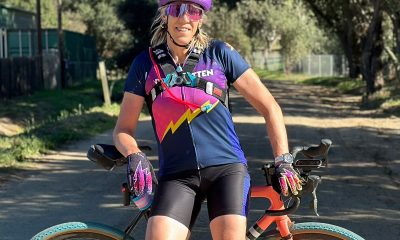
 Sports5 days ago
Sports5 days agoTrans cyclist’s victory sparks outrage in conservative media
-

 Congress5 days ago
Congress5 days agoCongress passes ‘Big, Beautiful Bill’ with massive cuts to health insurance coverage
-
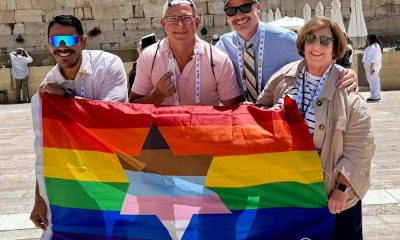
 Israel5 days ago
Israel5 days agoActivist recalls experience in Tel Aviv after Israel-Iran war began
-
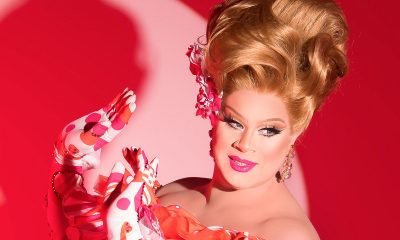
 Celebrity News5 days ago
Celebrity News5 days agoNina West’s ‘Sugar in the Tank’ tour comes to Rehoboth Beach






